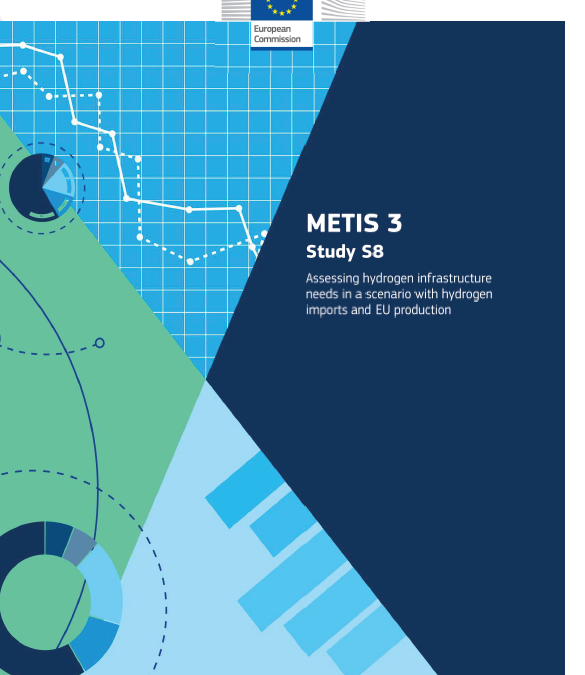In a context of renewed interest in hydrogen as a means of decarbonising hard-to-abate carbon intensive economic sectors, the European Commission announced the objective of 40 GW electrolyser capacity by 2030 producing up to 5 Mt of renewable hydrogen in its Communication “A hydrogen strategy for a climate-neutral Europe” (2020). Following the Russian invasion into Ukraine, the European Commission’s REPowerEU plan (2022) further envisages an accelerated uptake of hydrogen, notably in transport and industry sectors, in order to aim for a phase-out of natural gas imports from Russia by 2027, increasing the hydrogen production target to 10 Mt, as well as 10 Mt hydrogen imports, of which 4 Mt will take the form of derivatives. The present study aims at assessing the needs for pan-European hydrogen infrastructure in the beginning of the 2030s, adopting the REPowerEU scenario as main framework of the modelling assumptions. To assess hydrogen infrastructure needs, a multi-energy modelling environment has been designed in the METIS model, reflecting the operation and coupling of electricity, gas and hydrogen systems with an hourly time resolution over an entire year (2030). The capacities of hydrogen storage, production, and cross-border transmission assets have been optimized thanks to the advanced algorithms of the Artelys Crystal Super Grid platform.

Recent Comments